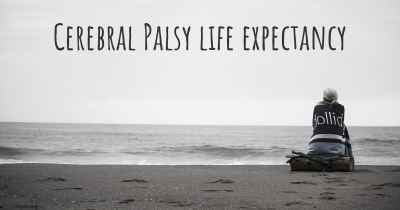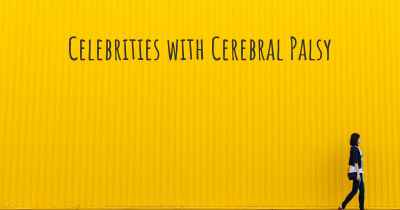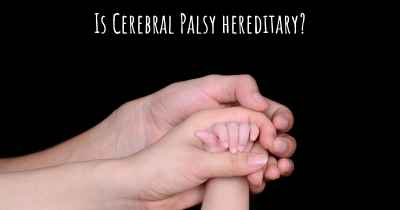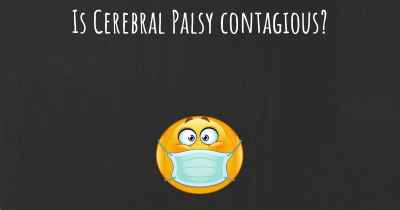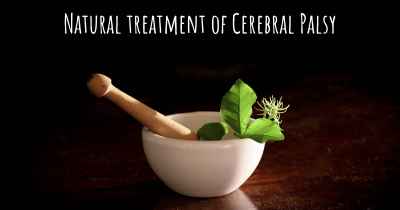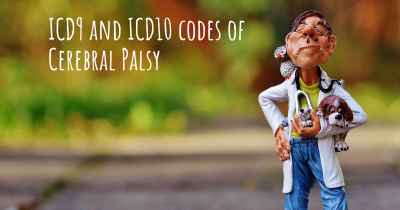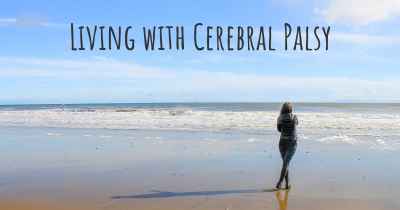What are the best treatments for Cerebral Palsy?
See the best treatments for Cerebral Palsy here

Treatments for Cerebral Palsy
Cerebral Palsy (CP) is a group of neurological disorders that affect movement, muscle tone, and coordination. While there is no cure for CP, various treatments can help manage symptoms, improve quality of life, and enhance independence. The best treatment approach for an individual with CP depends on their specific needs and the severity of their condition. Here are some of the most effective treatments for cerebral palsy:
1. Physical Therapy
Physical therapy plays a crucial role in managing cerebral palsy. It focuses on improving mobility, strength, flexibility, and balance. A physical therapist will design a personalized exercise program to address the individual's specific needs. Therapy sessions may include stretching exercises, gait training, and the use of assistive devices like braces or walkers. Regular physical therapy can help individuals with CP gain better control over their movements and improve their overall physical function.
2. Occupational Therapy
Occupational therapy aims to enhance an individual's ability to perform daily activities and improve their independence. Occupational therapists work on developing fine motor skills, coordination, and sensory integration. They may recommend adaptive equipment and techniques to make tasks easier. Occupational therapy can help individuals with CP become more self-sufficient and improve their quality of life.
3. Speech and Language Therapy
Speech and language therapy is essential for individuals with CP who have difficulties with communication, speech, and swallowing. Speech therapists help improve speech clarity, develop alternative communication methods (such as sign language or augmentative and alternative communication devices), and address swallowing difficulties. These therapies can significantly enhance an individual's ability to express themselves and interact with others.
4. Medications
Medications may be prescribed to manage specific symptoms associated with cerebral palsy. Muscle relaxants can help reduce muscle stiffness and spasticity, while anticonvulsant medications can control seizures that may occur in some individuals with CP. Additionally, medications may be prescribed to manage pain, improve sleep, or address other related conditions. It is important to consult with a healthcare professional to determine the most appropriate medication regimen for each individual.
5. Assistive Devices
Assistive devices can greatly improve the mobility and independence of individuals with cerebral palsy. These devices include wheelchairs, orthotic braces, walkers, and communication aids. Customized assistive technology can help individuals with CP overcome physical limitations and actively participate in daily activities, education, and employment.
6. Surgery
In some cases, surgical interventions may be recommended to improve mobility and correct deformities associated with cerebral palsy. Orthopedic surgeries can help lengthen muscles, release tight tendons, correct skeletal abnormalities, or stabilize joints. Surgical procedures are typically tailored to the individual's specific needs and can significantly enhance their functional abilities.
7. Alternative Therapies
While not scientifically proven, some individuals with cerebral palsy may benefit from alternative therapies such as acupuncture, hydrotherapy, or hippotherapy (horseback riding). These therapies are often used as complementary approaches alongside conventional treatments and should be discussed with healthcare professionals.
It is important to note that the effectiveness of treatments may vary depending on the individual and the specific type and severity of cerebral palsy. A multidisciplinary approach involving a team of healthcare professionals, including doctors, therapists, and specialists, is crucial to develop a comprehensive treatment plan tailored to each individual's needs.
Posted Feb 20, 2017 by Michelle 1000
Therapy to develop any areas that are affected.
Posted Dec 22, 2018 by Chi 1450
Posted Sep 12, 2017 by Nancy 200
